Miller's House
Introduction
Text-to-speech Audio
Images
1739 Miller's House
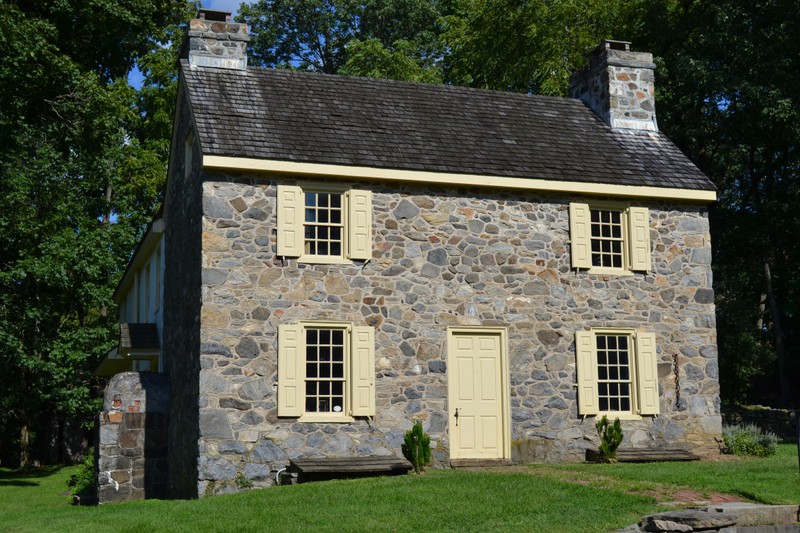
Early photograph showing the house before the third story addition was removed.
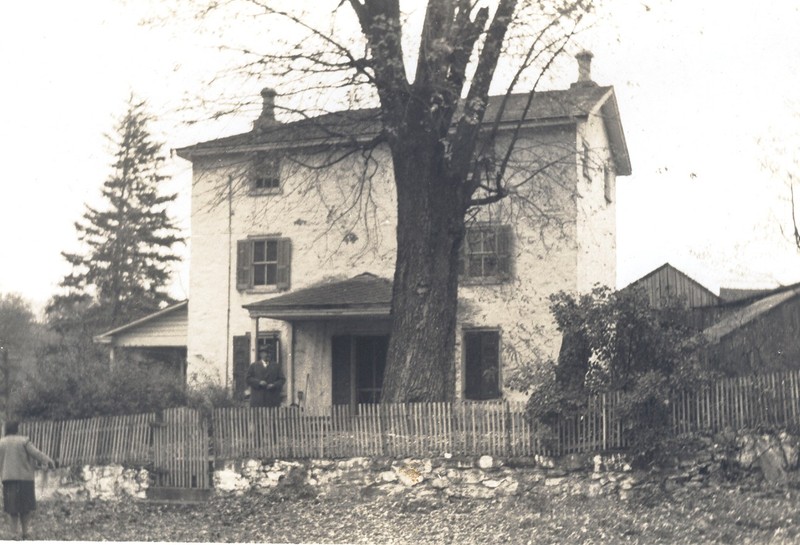
Today, visitors can see a piece of discarded millstone of the "cullen" type (a volcanic stone from the Rhine region of what is now Germany) that has been used as a step in front of the house.
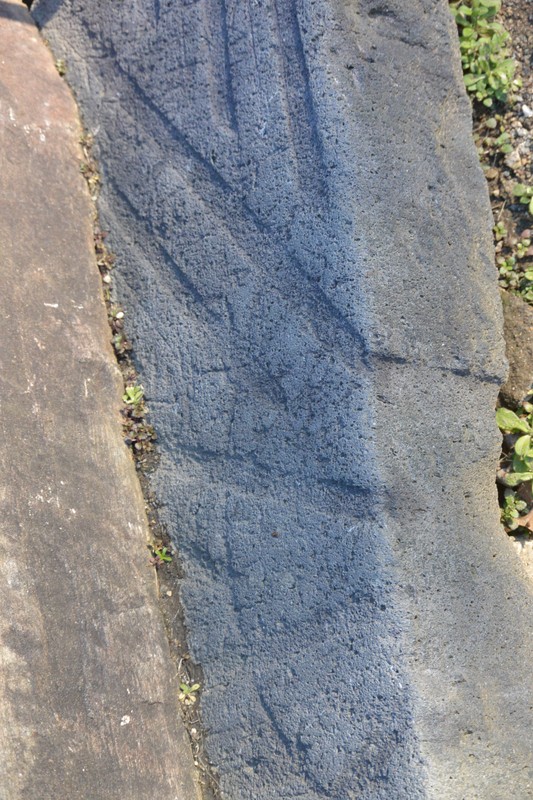
The hall. The miller and his family most likely ate their meals in this room. The bake oven is not original; it appears to have been added in the 20th century. The kitchen for this house may have been in a separate building originally.
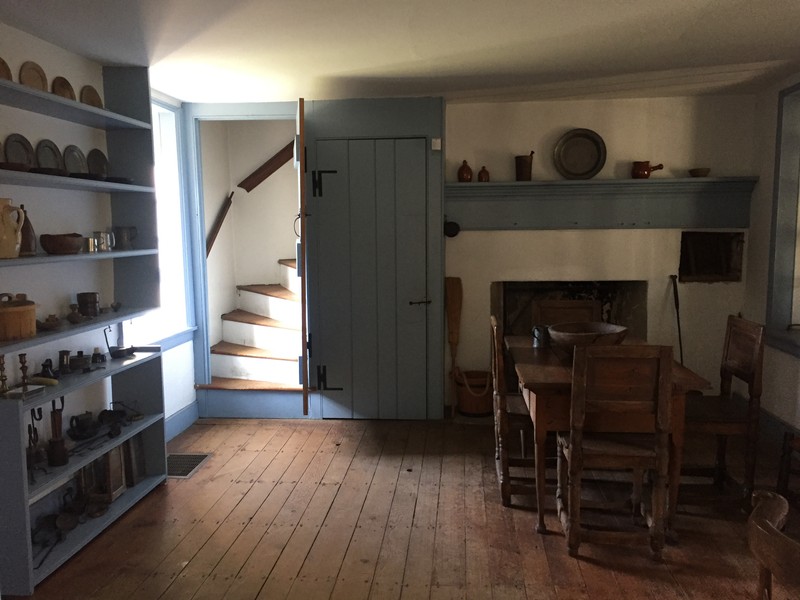
The parlor.
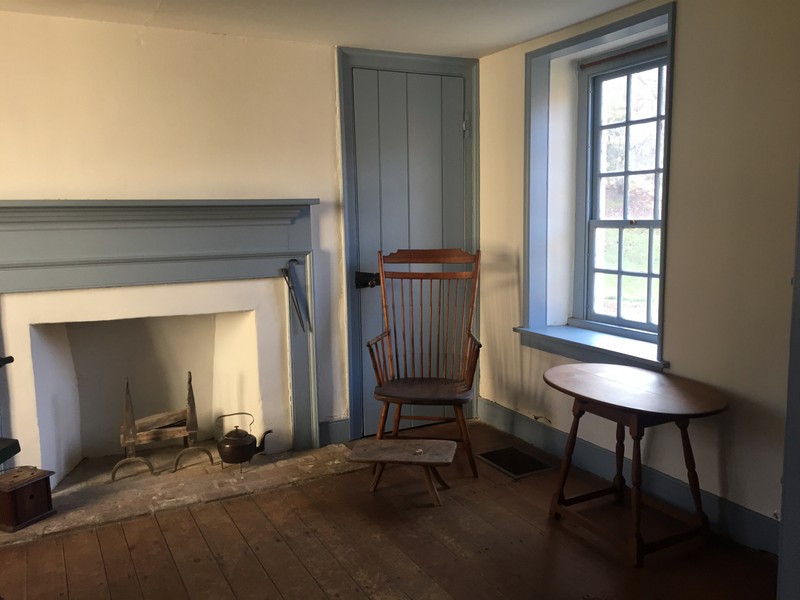
The north bedchamber.
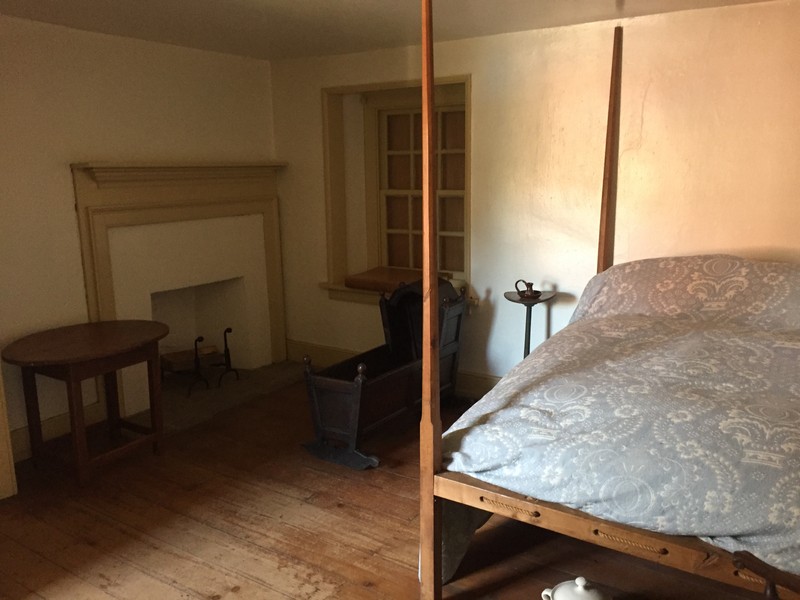
The south bedchamber.
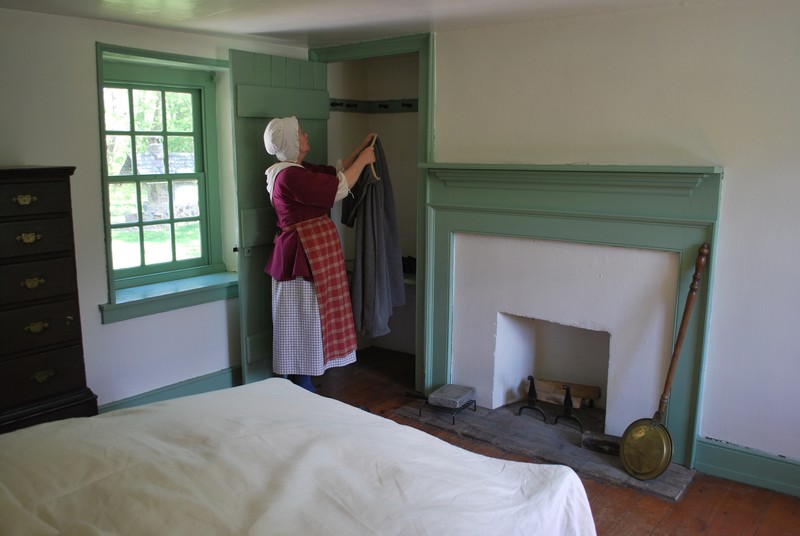
In order to demonstrate 18th-century baking, the staff has built a reconstructed bake oven in the yard behind the Miller's House.
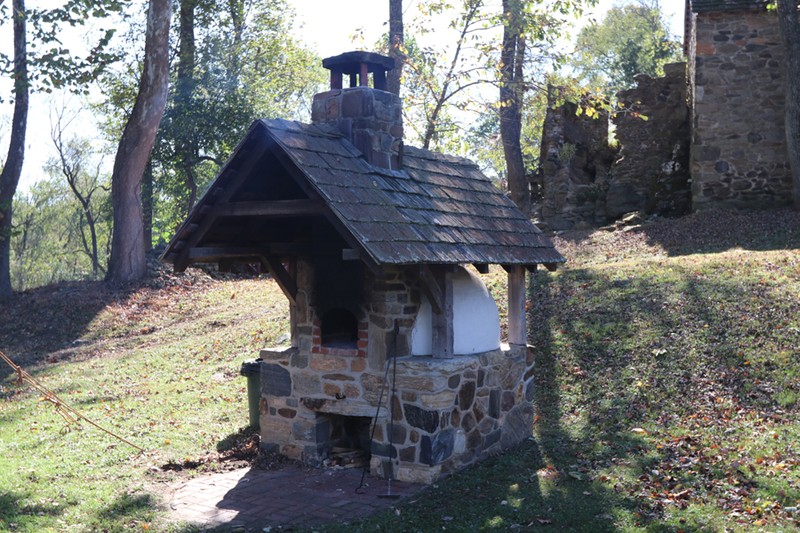
A reconstructed privy (outhouse) behind the Miller's House serves as a reminder of life before indoor plumbing.

The "dooryard" of the Miller's House would have had various outbuildings, like this corn crib.
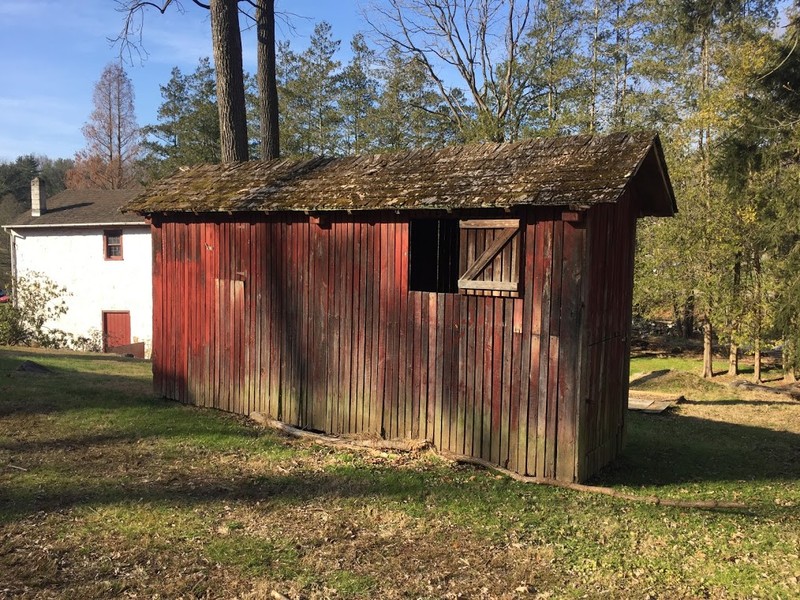
This bronze deer statue was commissioned by Elizabeth Newlin, one of the founders of the park. Edward Fenno Hoffman (1916-1991) was the renowned sculptor who made the deer statue, and it was dedicated in 1973.
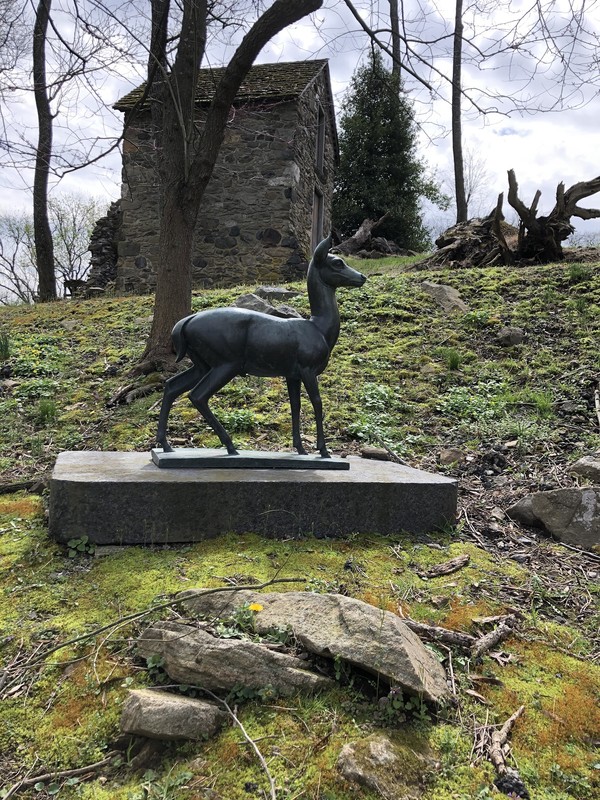
Backstory and Context
Text-to-speech Audio
The original portion of the Miller's House was built in 1739, consisting of two stories made of field stone. It follows the English style of vernacular architecture of the period, with a central door and a chimney on each gable end. The interior of the house was laid out in the "hall-and-parlor" fashion, with the front door opening directly into the main room, the "hall." A partition separates the "parlor." A set of narrow winder stairs in the corner of the hall leads upstairs to two bedchambers. Each of the four rooms includes a fireplace. The house had both a cellar and an attic, as well.
This would have been a comfortable home and a perk of taking a job as the miller in what was, at the time, an area that still had Black bears roaming the woods. Unfortunately, there are no surviving records that indicate who the early occupants of the Miller's House were.
A third story was added on to the original portion of the house later, and a two-story L was added on to the back of the house in the 1860s. Another 2-story addition was built on to the rear of the 1860s addition in the 1960s, adding a modern kitchen and bathroom to the house. When the house was being restored to its original appearance, the third floor was removed from the front portion of the house.
Sources
Historic Area, Newlin Grist Mill. Accessed December 17th 2020. https://newlingristmill.org/historic-area/.
Newlin Grist Mill
Newlin Grist Mill
Newlin Grist Mill
Newlin Grist Mill
Newlin Grist Mill
Newlin Grist Mill
Newlin Grist Mill
Newlin Grist Mill
Newlin Grist Mill
